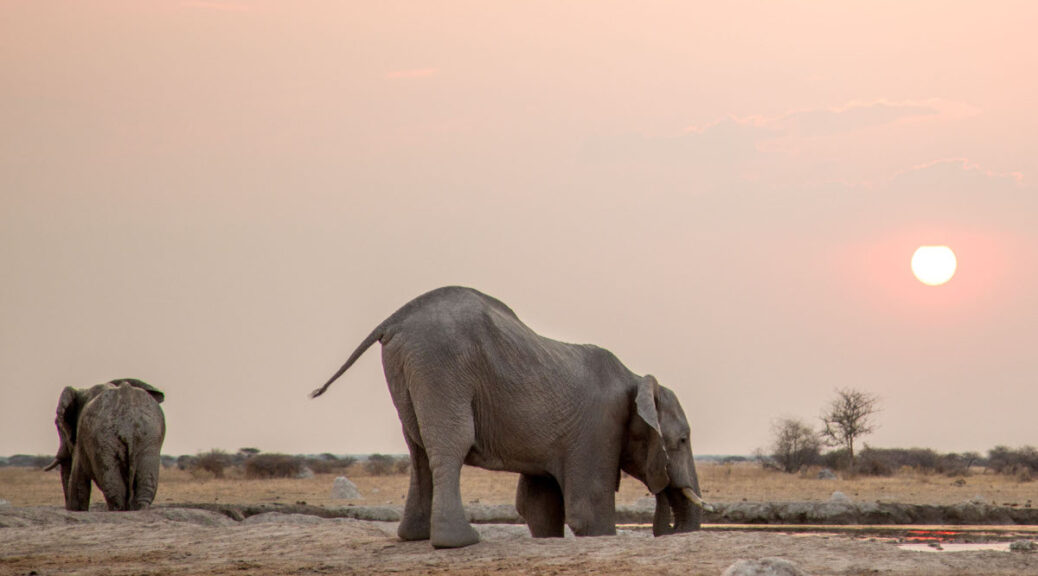For an unforgettable taste of Botswana, you can’t beat the classic elements. Game viewing along the Chobe River, wild camping in the Okavango Delta and admiring the country’s baobabs and salt pans. These travel tips will ease the way. By Mark Bland
Botswana is a perennial favourite for overlanders and safari lovers the world over. Coming at the end of a 20,000km expedition to Southern Africa, the two weeks we spent exploring Botswana delivered its own iconic moments.
The many faces of Chobe
The wonderful thing about Chobe is not only the many ways to experience the region: by water, land or sky. There are also diverse areas to explore and stay. Enjoy the underground hide at Senyati or the waterside splendour of Kasane. Escape to wilderness camps along the banks of the Chobe or ones located inland on the pans and marshes of Nogatsaa, Ghoha and Savuti. Chobe has it all! If you can, try and experience it in both the dry season and the wet – the change is remarkable.
Also read: How to book campsites in Botswana National Parks
We were wanting to do things a little differently so took an easy boat ride across to Namibia. The plan? To stay at Chobe Water Villas, courtesy of the charismatic Stewart and Jana. (The same Covid test from Zambia permitted entry into both Botswana and Namibia.) Why I had not thought of crossing the river before, I do not know. Would I do it again? Emphatically yes! You cannot help but feel far away from the humdrum of Kasane. Once all the boats and cruises have gone back to their respective lodges, the river is yours.
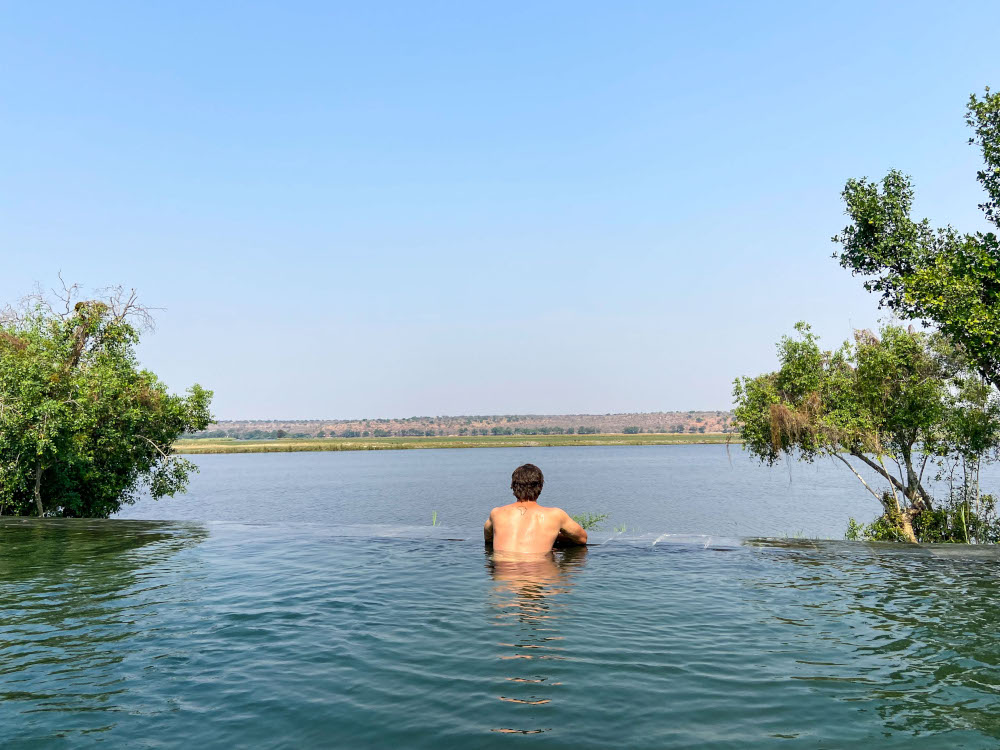
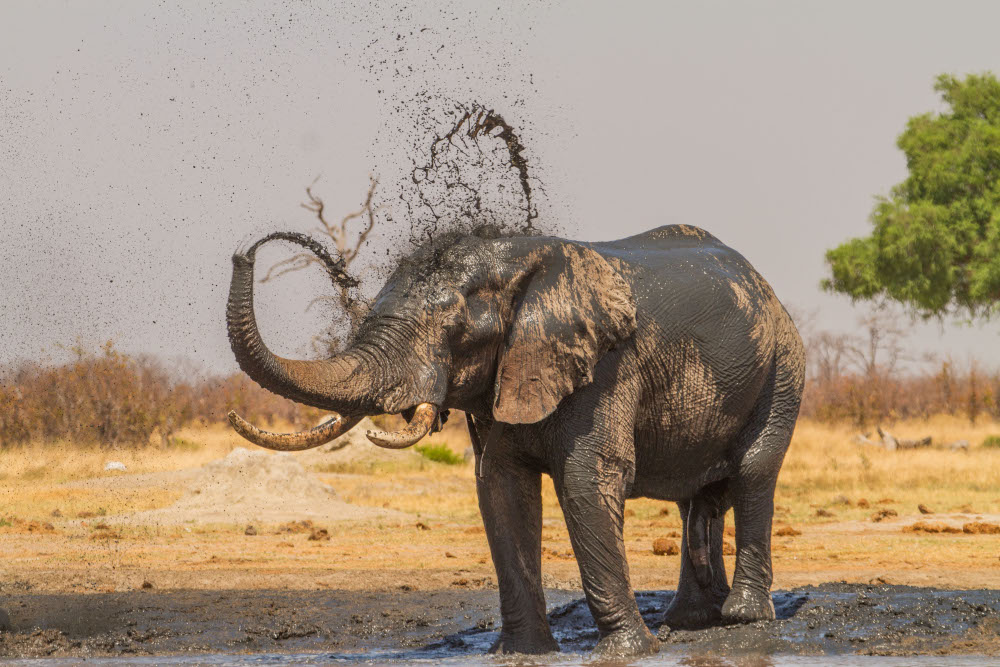
It is always advisable to enquire ahead about road conditions or to book with a safari operator before exploring Chobe’s sandy roads on your own. In the dry season, the sand can heat up and even the most rugged offroad vehicles can sink axle-deep into the sand. The sometimes monster middelmannetjies (central ridge between the wheel ruts) of northern Botswana bring their own challenges. In the rainy summer months, some of the roads are impassable due to flooding while others become sticky like glue with mud. Be sure to always use the correct tyre pressure to avoid getting stuck and to preserve the roads. Invest in some basic recovery gear; we find a spade, sand tracks and a good sense of humour usually do the trick. Always have adequate food and supplies in case of the worst. A satellite phone is recommended too.
Experiencing the Delta
The journey from Savuti to Khwai can be a long one. Before heading out through Mababe, stop for a coffee at Marabou Pan to try your luck. This area is home to one of the most active lion prides in southern Africa. Numerous campsites and lodges await in the Khwai and Moremi areas. Another great option is to book a glamping safari for a few nights. You get to take a break from camping, experience remote sites and still enjoy the creature comforts of lodging at a fraction of the price. For clients we usually recommend some downtime from camping every 10–14 days.
Something not to be missed is a mokoro excursion with one of the expert polers from the Khwai community. Basic supplies can also be bought from the village.
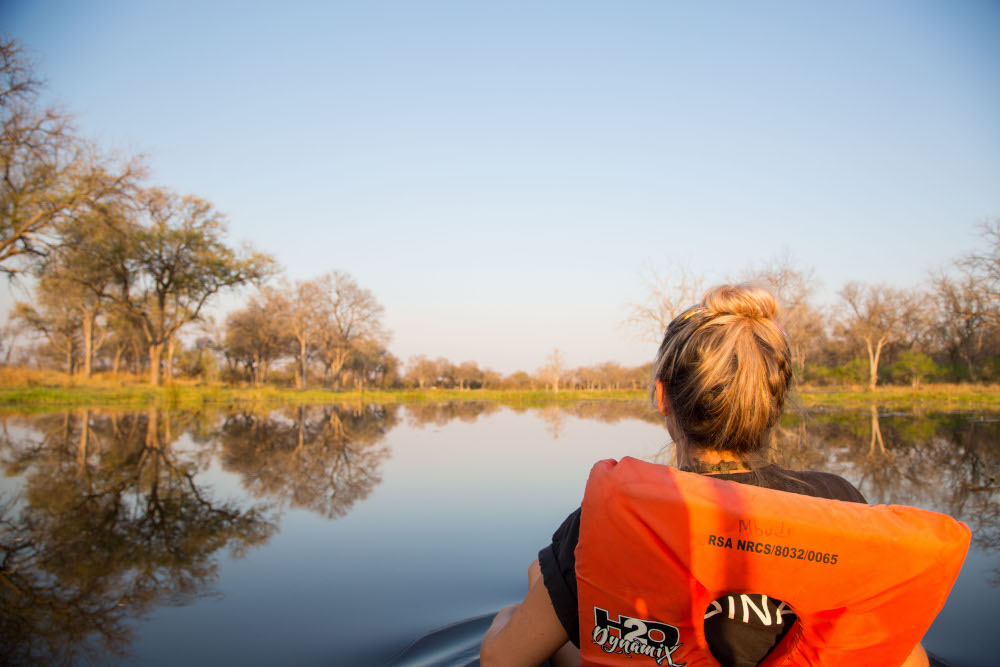
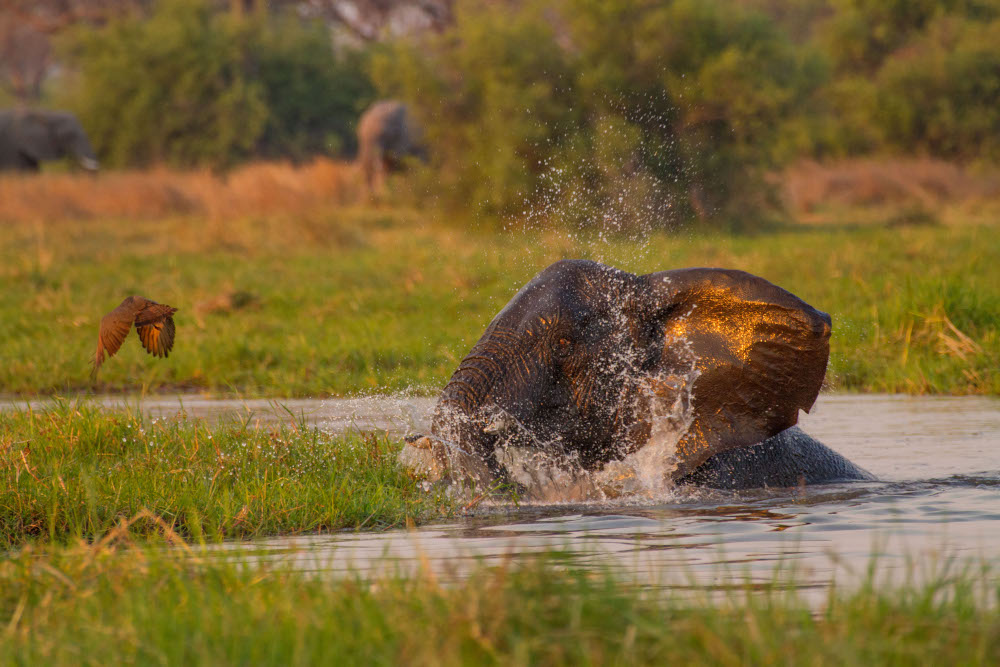
When driving from Khwai to Maun, do not think the safari is over. Each and every single time we have been on this stretch of road we have been fortunate to see wild dogs, elephants and more!
Being the gateway to the Okavango Delta, Maun is a bustling hub of facilities and services. It can be quite a shock to the system after extended time in the bush. That said, great accommodation and some notable eateries make it a welcome respite before heading off on the next leg of your adventure. Maun is also the place to find good shops (Spar, Woolworths and Beef Boys to name a few) as well as workshops and mechanics.
Pans, baobabs and rhinos
When entering or exiting Botswana, two of the most commonly used routes are via the pans at Nxai and Makgadikgadi or via Khama Rhino Sanctuary. In fact, many avid overlanders feel they have entered Botswana when they see the entrance gates of Khama.

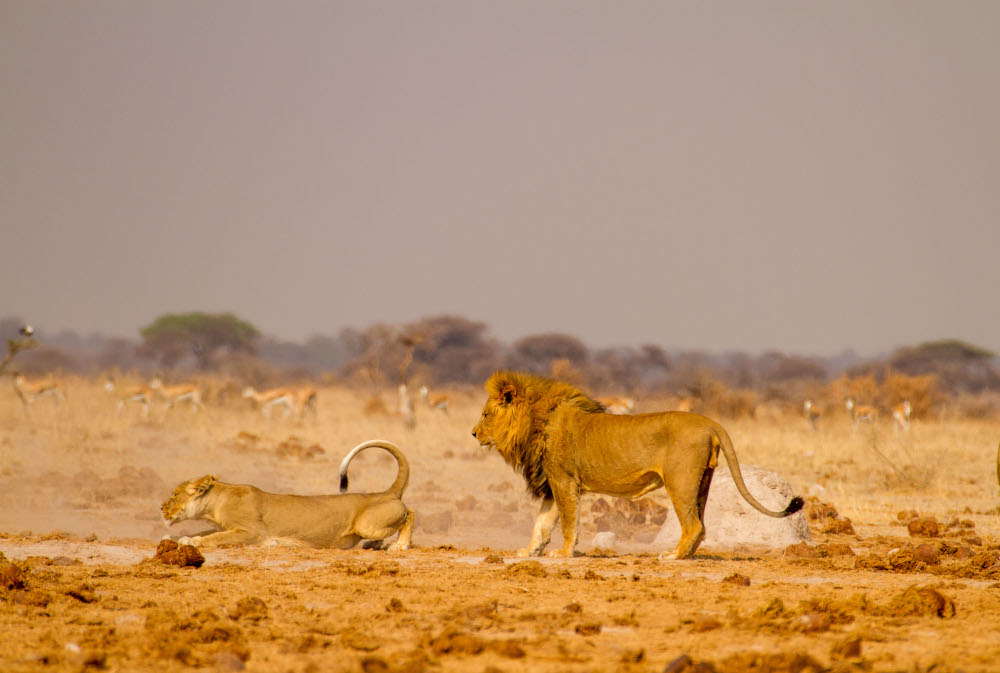
With so many ways to experience the pans, here are just a few tips for making the most of your time:
– Families can benefit from more established accommodation such as Gweta Lodge and Planet Baobab, which have facilities for all ages.
– Don’t be deceived by the apparently short distances in Makgadikgadi and Nxai Pans National Park as well as the surrounding pans of Sua and Ntwetwe. Much like the rest of Botswana, these roads can be a combination of soft sand, corrugation and mud.
– Especially in the drier months, keep an eye out for the elephants at Nxai Pan South Camp. They come to drink from the waste water at the ablutions.
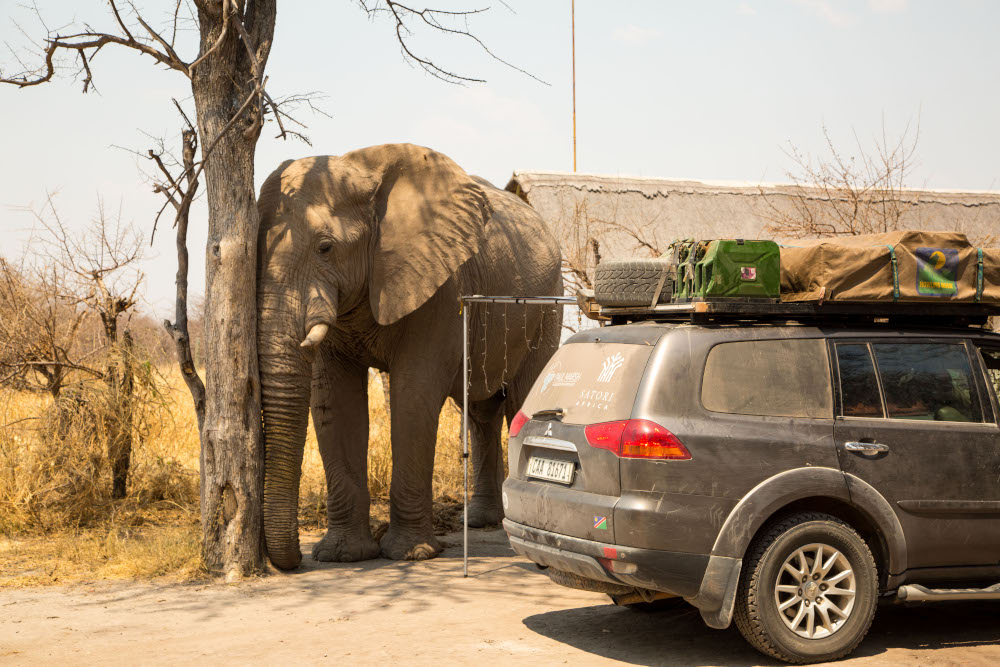
– Always check where the veterinary lines are in Botswana before doing your shopping. The general rule is that you can move meat from south to north and west to east. (With biltong prices being considerably cheaper than in SA, you do not want to lose your treasured stash!). The best places to restock depending on where you are coming from are Maun, Francistown or Palapye. Letlhakane is also a useful pit stop.
– If you have ever dreamed of an up close and personal encounter with meerkats, be sure to enquire about the sunrise meerkat experience which individual tour operators can assist with in booking for you. Alternatively, you can directly contact the likes of Gweta Lodge and Planet Baobab, which both offer this.
– Experiencing the baobabs is best done during sunrise or sunset or by getting a campsite close to the baobabs of Lekhubu and Baines for the night. There’s nothing like taking in these colossal giants under the blanket of the Milky Way.
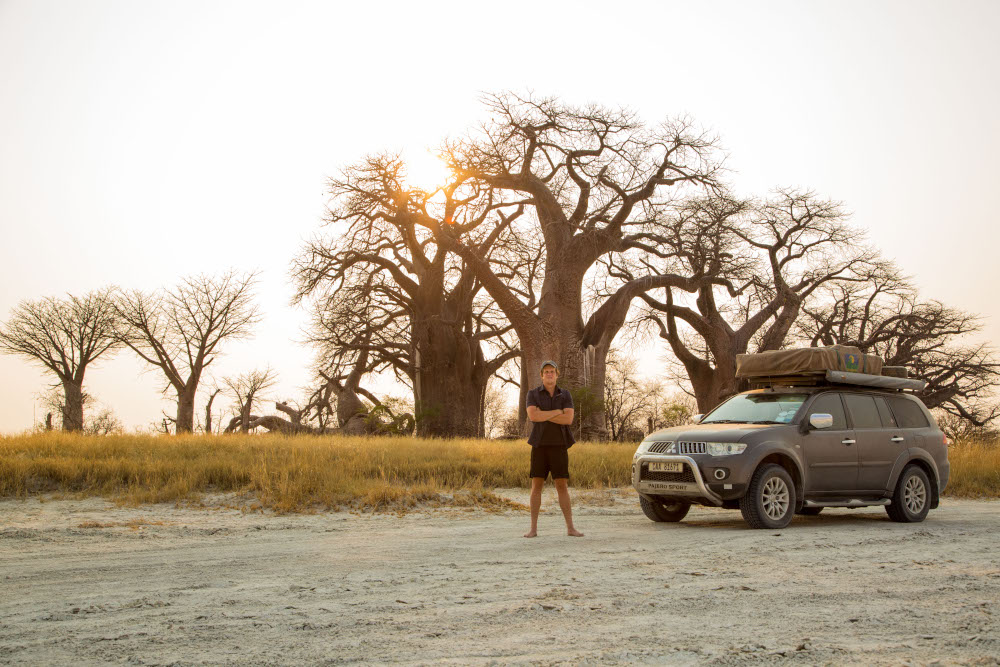
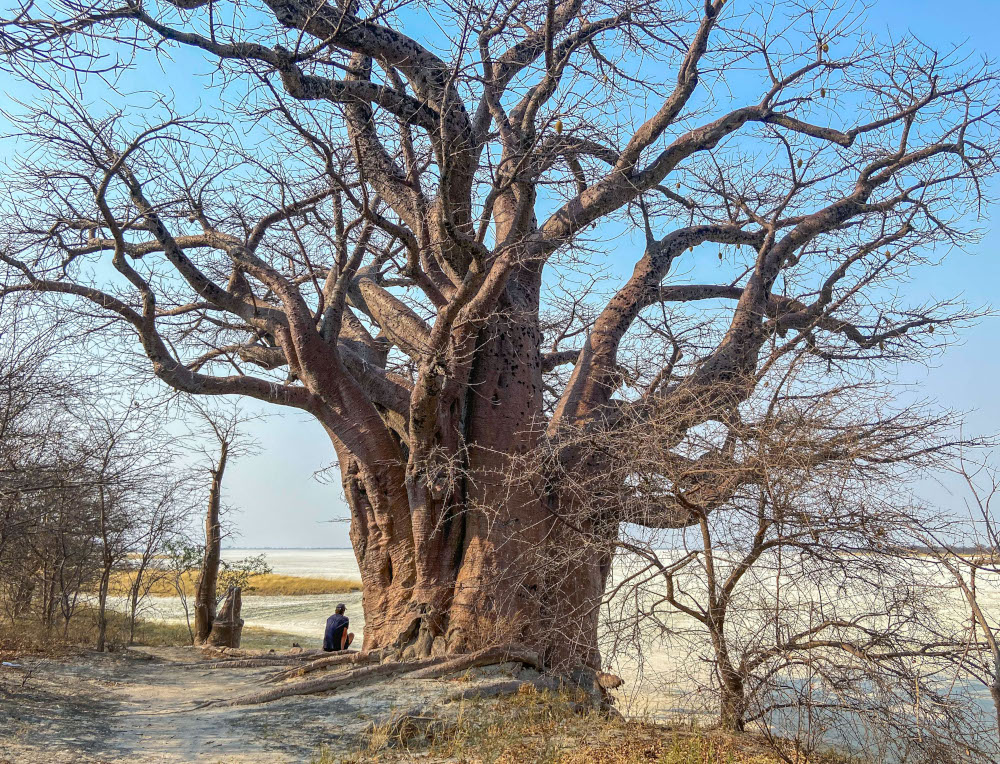
Also read: Camping at Baines’ Baobabs
To plan your own expedition or to read a more detailed account of Mark’s trip through Botswana go to routesrediscovered.co.za
T4A’s Botswana Self-Drive Guide is an indispensable resource for overlanders eager to explore the Okavango Delta and the country’s iconic pans. At over 250 pages, it’s loaded with information on major attractions, road conditions, campsites, trip planning and more. The traveller descriptions provide context and recommendations, helping you to make the most of your journey.
